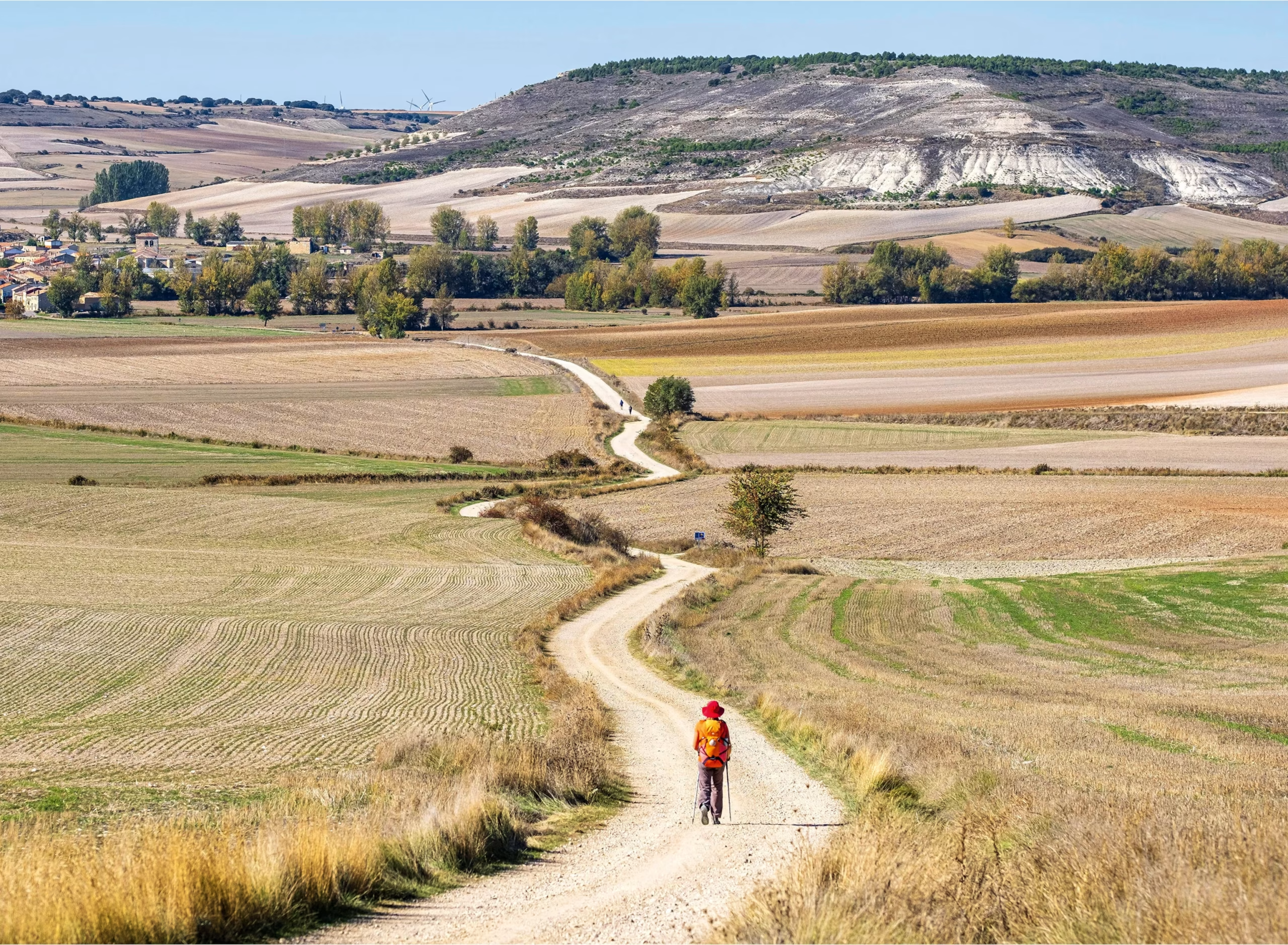The Camino de Santiago, or Way of St. James, is more than a walking route across northern Spain—it’s a cultural heritage journey that weaves together centuries of faith, tradition, and human connection. Originating as a Christian pilgrimage to the shrine of St. James in Santiago de Compostela, the Camino today attracts travelers of all beliefs who seek spiritual renewal, cultural immersion, or historical exploration along its stone paths and medieval villages.
Historians, anthropologists, and pilgrimage scholars—aligned with E-E-A-T standards (Experience, Expertise, Authoritativeness, Trustworthiness)—trace the Camino’s roots back over 1,000 years. Designated a UNESCO World Heritage Site, the route showcases Romanesque churches, ancient bridges, and local traditions preserved through generations. Experts emphasize that walking the Camino isn’t just about the destination—it’s a lived encounter with European cultural identity, shaped by hospitality, storytelling, and shared rituals.
Traveling the Camino is a slow and meaningful way to connect with heritage. Whether walking the popular Camino Francés or quieter routes like the Camino Portugués, pilgrims engage deeply with local communities, cuisine, and architecture. It’s a reminder that cultural travel is not always about seeing more, but about seeing deeper—one step at a time.




